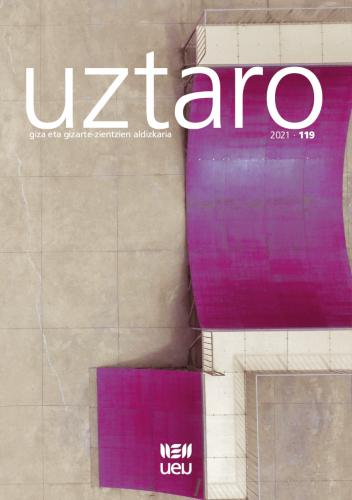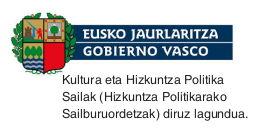Barriers and aids for physical activity practice for people with disabilities
DOI:
https://doi.org/10.26876/uztaro.119.2021.2Keywords:
Disability, Adapted sport, Health, Motor practiceAbstract
The main objective of the study was to identify the perceived barriers and aids detected by people with disabilities for the practice of physical activity (PA). This research involved 55 people with physical, intellectual, sensory or other disabilities. Participants responded to the Motives and Barriers for Physical Activity and Sport (MBPAS) questionnaire. The disability and lack of adequate technicians constituted the greatest obstacles detected for the PA practice. In terms of support, the items that received the highest number of points were the ones obviously like PA and keep in shape. The majority of the items referred to the aids proved to be relevant factors for the realization of PA with a number of points greater than two (scale 0-3). People with disabilities generally perceive more barriers and less support than those without disabilities when practicing PA, with differences depending on the sex and type of disability of the participants. In this sense, in order to increase the chances of selecting the PA that suits them, it is considered essential to increase the PA offer focused on health and well-being adapted to the needs of the individual.
Downloads
License
Copyright (c) 2021 Uztaro

This work is licensed under a Creative Commons Attribution-NonCommercial-ShareAlike 4.0 International License.




















